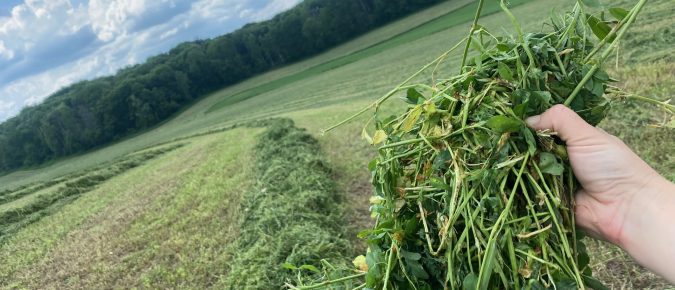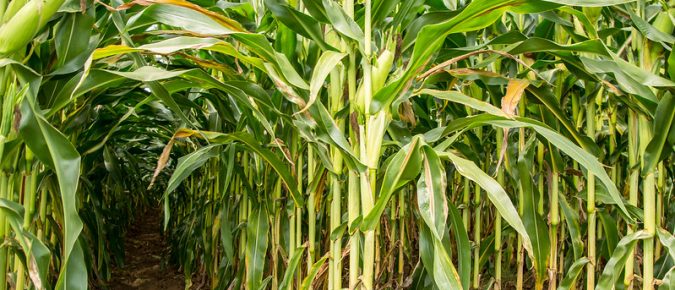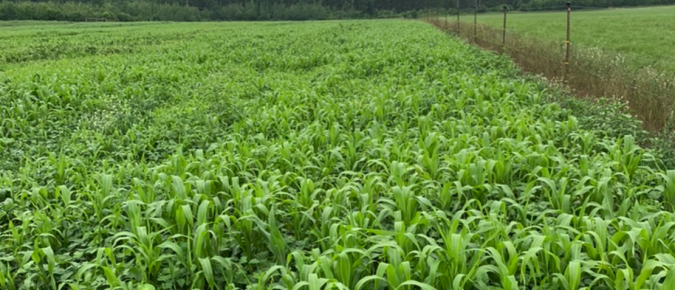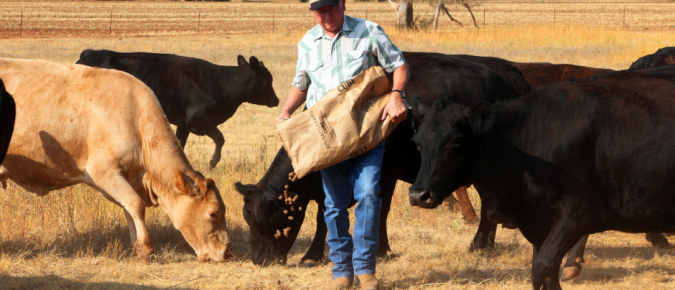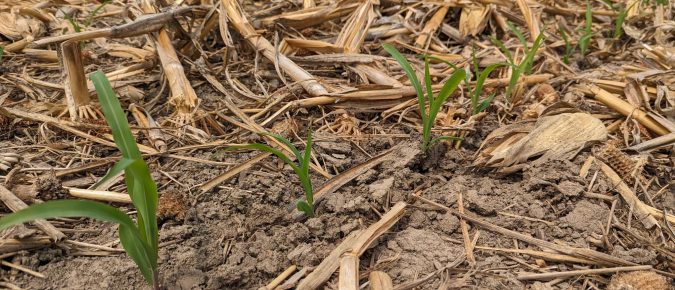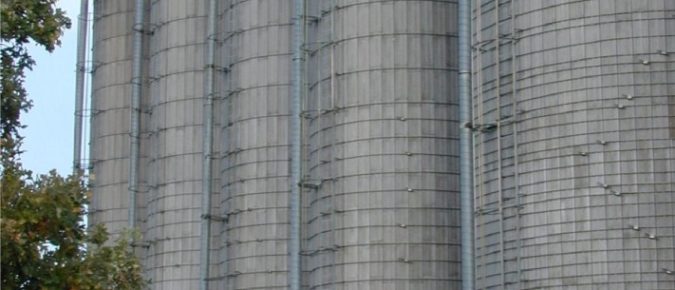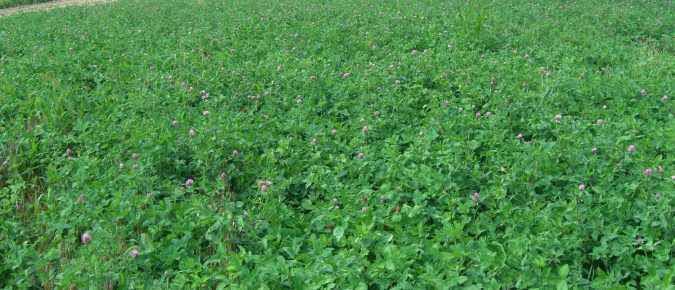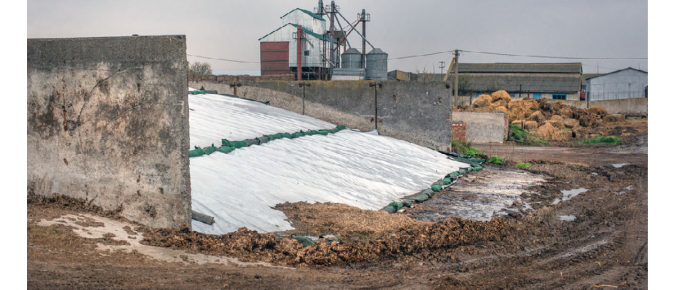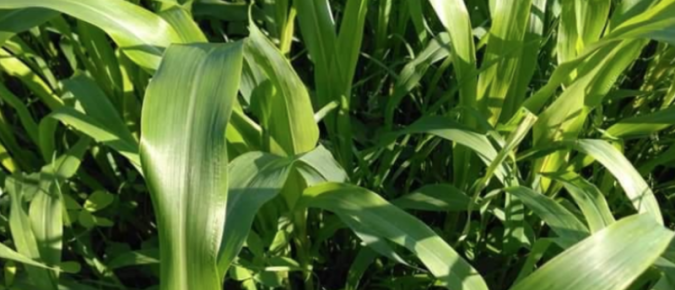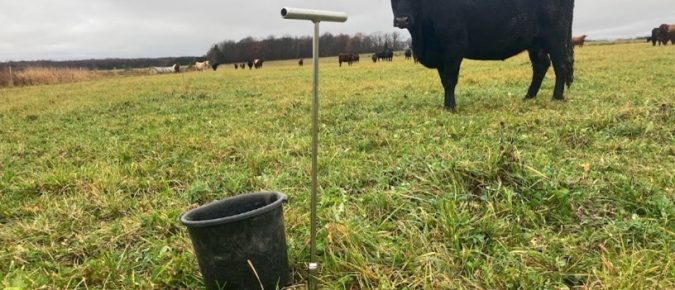The decision to utilize late-summer planted forage crops as a feed source may be necessary when in-season crop yields fail to meet expectations or opportunities exist in the current crop rotation. One should evaluate the decision to plant and harvest late-summer planted forage crops carefully.
Corn silage is unique compared to other multicut forage systems, such as alfalfa, as there is only one opportunity to harvest the crop annually. Therefore, farmers, agronomists, and agricultural professionals must dilligently monitor corn silage acres to identify the optimal harvest time to maximize forage yield and quality, as well as to ensure the proper moisture content for ensiling.
Sorghum plants such as sudangrass and sorghum-sudan hybrids are tropical summer annuals well adapted to drought conditions with leaves and stems with a waxy covers that limits water losses. They are widely grown for grazing, silage as well as green chop in areas that are too dry for corn.
Whether it’s reducing nitrates leached to groundwater, phosphorus to our water bodies or increasing soil organic matter and microbial biomass, the answer is generally yes. But in trying to integrate cover crops into a cropping system, what are the considerations–species selection, seeding, benefits and drawbacks–that need to be addressed along the way?
While some parts of the state have recently received some much-needed rain, forage yield has already been reduced and we don’t know what the rest of the growing season will bring. If you have not begun putting some mitigation plans and practices in place, now is the time to do so. Some of the tasks to be done include:
While the early part of the year was characterized by large amounts of precipitation, the May Wisconsin experienced this year was the 4th driest on record. While some areas are receiving scattered amounts of precipitation this week, the speed with which the drought came on and led to the designation of “flash drought” for much of the state led UW-Madison State Climatologist Steve Vavrus to call this time “remarkable.”
These spreadsheets calculate an estimate of the dry matter capacity when a top unloading and bottom unloading tower silo is filled and after removing some silage.
Alfalfa is known as the “Queen of Forages” given its importance to the Wisconsin dairy and livestock industry. Wisconsin harvests more than one million acres of alfalfa annually. While some of these transactions include weighing every load harvested to ensure fairness to both the buyer and the seller, there are many acres and individual cuttings where both parties agree to a fixed price per acre instead.
The fourth Focus on Forage webinar in the 2023 series, Focus on Storage aims to provide WI farms and agricultural professionals with current research-based recommendations regarding hay bale and hay baleage storage and management.
The third Focus on Forage webinar in the 2023 series features alternative forage production information. Presenters are Bill Halfman, UW-Madison Division of Extension Beef Outreach Specialist; Dr. John Jones, UW Madison Soil Scientist; and Jason Cavadini, UW-Madison Division of Extension Grazing Outreach Specialist.
The second Focus on Forage session of 2023, Focus on Alfalfa, features Dr. Mark Renz, UW Professor and Extension Specialist; Steven Okonek, Division of Extension Crops/Soils Educator; Mike Bertram, Superintendent @ Arlington Research Station, and Dr. John Jones, UW Soil Science. The webinar was designed to assist farms and agronomists in their alfalfa management decision-making […]
Soil seems to be the hot-button topic of nearly every farmer-focused event and agricultural publication these days. While it’s ironic that this resource, which predates modern agriculture itself, has become the rising star of modern agriculture, it’s appropriate because soil is the foundation of everything we do. Few would argue that the health and long-term productivity of our soil is the most critical factor for the future of agriculture and society.

